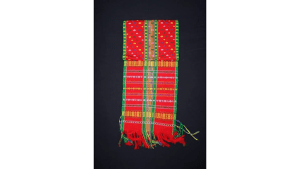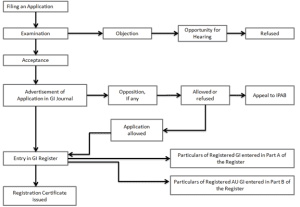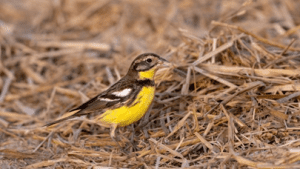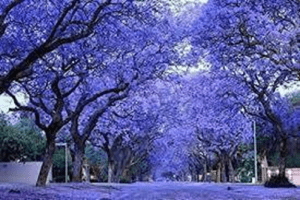RAJASTHAN VILLAGERS EXPRESS CONCERNS OVER PROPOSAL TO DECLARE ‘ORANS’ AS DEEMED FORESTS
TAG: GS 3: ECOLOGY AND ENVIRONMENT
THE CONTEXT: In a recent development, the Rajasthan state government’s notification regarding the classification of sacred groves, known as orans, as deemed forests has triggered apprehension among local communities, especially in western Rajasthan.
EXPLANATION:
- The notification, released on February 1, 2024, follows the directives of the Supreme Court, intending to confer deemed forest status upon orans, Dev-vans, and Rundhs.
Local Opposition and Concerns:
- Cultural and Religious Significance:
- Villagers, represented by the ‘Gauchar Oran Sanrakshak Sangh Rajasthan,’ are opposing the decision, emphasizing the cultural and religious significance of orans in their lives.
- Lack of Consultation:
- Locals claimed that the government did not consult the local community before proposing the orans under the deemed forest category, raising concerns about potential adverse impacts on their access and livelihoods.
- Livelihood Dependence:
- The communities rely on orans for cattle herding, pastures, sustenance, and various forest products.
- Approximately 5,000 camels and 50,000 sheep depend on the Degray oran in Savata village alone.
- Fear of Displacement:
- There is a fear among villagers that if the state forest department takes control, they may be forced to vacate the land, impacting their homes, places of worship, and daily activities.
Legal Perspectives:
- Definition of Deemed Forests:
- Deemed forests are areas exhibiting forest-like characteristics but are not officially recorded or notified in government or revenue records.
- The Supreme Court, in the TN Godavarman case of 1996, directed state governments to identify and protect such lands.
- These lands, including deemed forests, fall under Section 2 of the Forest (Conservation) Act, 1980, prohibiting certain activities without central government permission.
- Community Rights:
- It is emphasized that the designation of orans as deemed forests does not restrict community access for activities like grazing or worship.
Expert Recommendations:
- Need for Clarity: Rajasthan government should provide clear information about what a ‘deemed forest’ entails and how it will impact the rights of the local communities in traditionally conserved areas.
- Assurance of Rights: The government should address the concerns raised by the people and assure them that their rights within these conservation areas will not be compromised.
Forest (Conservation) Amendment Act, 2023:
- The Forest (Conservation) Amendment Act, 2023 amends the Forest (Conservation) Act, 1980 to make it applicable to certain types of land.
- These include land notified as a forest under the Indian Forest Act, 1927 or in government records after the 1980 Act came into effect.
- The Act will not be applicable for land converted to non-forest use before December 12, 1996.
- It also exempts certain types of land from the purview of the Act.
- These include land within 100 km of India’s border needed for national security projects, small roadside amenities, and public roads leading to a habitation.
- The state government requires prior approval of the central government to assign any forest land to a private entity.
- The Forest (Conservation) Amendment Act, 2023 extends this to all entities, and allows the assignment to be made on terms and conditions specified by the central government.
- The Act specifies some activities that can be carried out in forests, such as establishing check posts, fencing, and bridges. The Forest (Conservation) Amendment Act, 2023 also allows running zoos, safaris and eco-tourism facilities.
Sacred Grove:
- Sacred groves are communally protected forests which usually have a significant religious connotation for the protecting community.
- The Sacred Groves comprises of patches of forest or natural vegetation that are usually dedicated to local folk deities.
- Indian sacred groves are often associated with temples, monasteries, shrines or with burial grounds.
- Hunting and logging are usually strictly prohibited within these patches.
- Other forms of forest usage like honey collection and deadwood collection are sometimes allowed on a sustainable basis.
- The introduction of the protected area category community reserves under the Wildlife (Protection) Amendment Act, 2002 has introduced legislation for providing government protection to community held lands, which include sacred groves.








